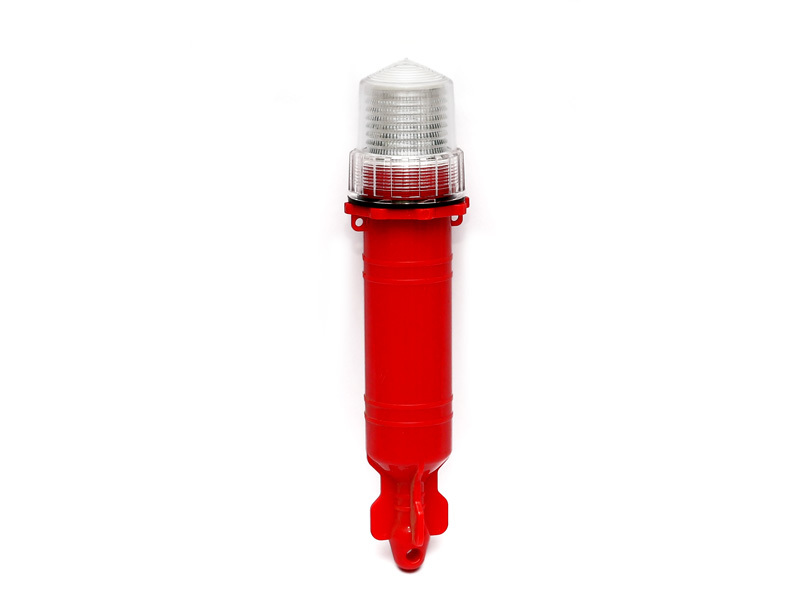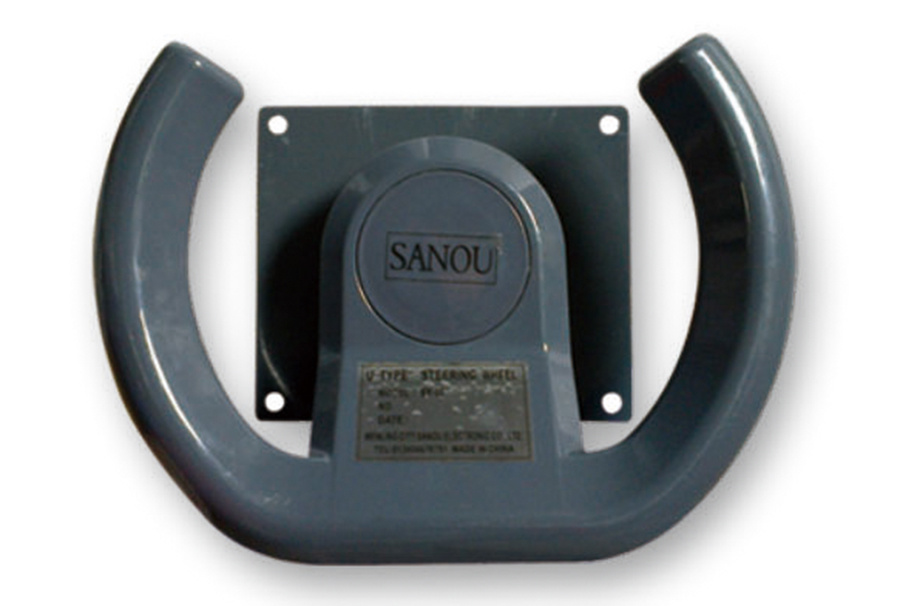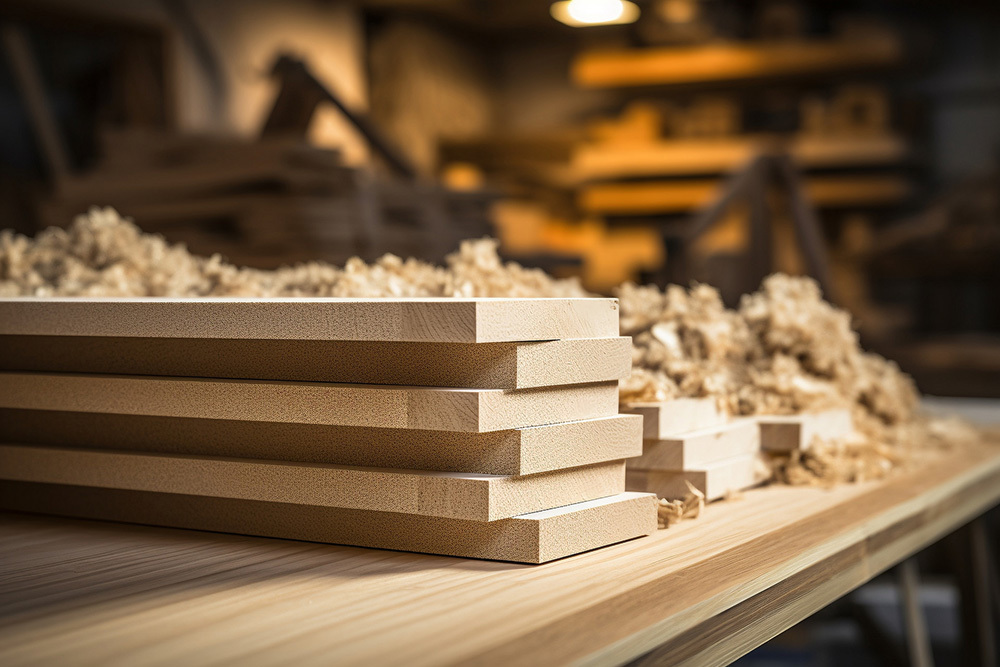News Center
The Essential Guide to Marine Tachometers: Understanding Digital Sensors
The Essential Guide to Marine Tachometers: Understanding Digital Sensors
Table of Contents
- 1. Introduction to Marine Tachometers
- 2. Importance of Tachometers in Marine Applications
- 3. How Marine Tachometers Work
- 4. Digital vs. Analog Tachometers
- 5. Types of Marine Tachometers
- 6. Installing a Marine Tachometer
- 7. Maintenance and Troubleshooting
- 8. The Future of Marine Tachometers
- 9. Frequently Asked Questions
- 10. Conclusion
1. Introduction to Marine Tachometers
In the world of marine engineering, **tachometers** play a crucial role in ensuring the efficiency and safety of vessels. These instruments measure the rotational speed of engines, providing essential data that aids in navigation and operational optimization. Understanding how tachometers function, particularly **digital sensors**, is vital for anyone involved in marine activities, whether for recreational boating or commercial shipping.
2. Importance of Tachometers in Marine Applications
Marine tachometers are indispensable for various reasons:
- **Engine Performance Monitoring**: Accurate speed readings help in assessing the performance of the engine.
- **Fuel Efficiency**: By providing real-time data, tachometers enable operators to adjust their throttle and optimize fuel consumption.
- **Safety**: Monitoring RPMs can prevent engine overload, reducing the risk of mechanical failures.
- **Navigation**: Knowing the engine's current speed assists in maintaining course and managing time at sea.
In essence, tachometers serve as the navigational compass for engine management, enhancing overall maritime operations.
3. How Marine Tachometers Work
Marine tachometers operate based on two primary principles: mechanical and electronic sensing.
- **Mechanical Tachometers** utilize a flexible drive shaft or cable connected to the engine. The rotational movement is translated into a speed reading on the dial.
- **Digital Tachometers**, on the other hand, employ advanced sensors, often Hall effect sensors or optical sensors. These devices detect the number of rotations per minute (RPM) and convert that information into an electrical signal, which is then displayed digitally.
The accuracy and responsiveness of digital tachometers make them increasingly popular in modern marine applications.
4. Digital vs. Analog Tachometers
When selecting a tachometer for marine use, one must choose between digital and analog models.
Digital Tachometers
Digital tachometers provide clear, precise readings with immediate response times. They often come equipped with additional features such as:
- **Data Logging**: Ability to store performance data for later analysis.
- **Customization**: Flexible settings to adjust for different engine types.
- **Illuminated Displays**: Enhanced visibility in low-light conditions.
Analog Tachometers
Analog tachometers rely on a dial and needle to display engine speed. While they may offer a classic aesthetic, they can be less precise than digital counterparts.
**Pros of Analog Tachometers**:
- Simple design and ease of use.
- No reliance on batteries or complex electronics.
**Cons of Analog Tachometers**:
- Slower response time.
- Less accurate readings at high RPMs.
Choosing the right type depends on specific requirements and personal preferences.
5. Types of Marine Tachometers
Marine tachometers can be categorized into various types based on their functionalities and design.
5.1 Mechanical Tachometers
Mechanical tachometers have been used for decades and function through direct mechanical connections. They are often found in older vessels and are generally robust and straightforward.
5.2 Digital Tachometers
Digital tachometers are gaining popularity due to their high accuracy, ease of reading, and additional features such as backlighting and integration with other digital systems onboard.
5.3 Multifunction Tachometers
These advanced devices combine the functionality of tachometers with other critical readings like fuel level, engine temperature, and more. They offer a comprehensive dashboard for operators.
6. Installing a Marine Tachometer
Proper installation is crucial for the accurate operation of a marine tachometer. Here are the essential steps to follow:
1. **Gather Necessary Tools**: Ensure you have the right tools, such as screwdrivers, wrenches, and electrical connectors.
2. **Refer to the Manual**: Always consult the manufacturer's installation guide for specific instructions.
3. **Choose the Right Location**: Install the tachometer where it is easily visible and protected from the elements.
4. **Connect the Wiring**: Ensure all connections are secure and properly insulated to prevent shorts or corrosion.
5. **Calibrate the Tachometer**: After installation, calibrate your tachometer according to the engine specifications for accurate readings.
7. Maintenance and Troubleshooting
Regular maintenance ensures the longevity and reliability of your marine tachometer. Here are some tips:
- **Routine Checks**: Regularly inspect the wiring and connections for signs of wear or corrosion.
- **Cleaning**: Keep the display clean for clear visibility; use appropriate cleaning agents.
- **Calibration**: Periodically calibrate the tachometer to ensure accurate readings, especially after significant engine work.
**Troubleshooting Common Issues**:
- **Inaccurate Readings**: Check for loose connections or damaged sensors.
- **No Display**: Inspect the power supply and fuses.
- **Erratic Behavior**: May indicate a failing sensor or electrical interference; check the wiring.
8. The Future of Marine Tachometers
As technology evolves, the future of marine tachometers looks promising. Advanced features such as:
- **Integration with Smart Systems**: Modern vessels are increasingly equipped with digital networks, allowing tachometers to connect with other onboard systems for enhanced functionality.
- **Wireless Technology**: Innovations in wireless communication could eliminate the need for physical connections, simplifying installations and reducing the risk of failures.
- **Data Analytics**: The incorporation of data analytics can provide comprehensive insights into engine performance and predictive maintenance, improving efficiency and safety.
9. Frequently Asked Questions
What is a tachometer used for in marine applications?
Tachometers are used to measure the rotational speed of an engine, providing critical data for performance monitoring, navigation, and fuel efficiency.
How do I know if my tachometer is faulty?
Signs of a faulty tachometer include inaccurate readings, no display, or erratic behavior. Checking wiring and connections can help diagnose the issue.
Can I install a digital tachometer myself?
Yes, with the right tools and knowledge, you can install a digital tachometer. Always refer to the manufacturer’s manual for specific instructions.
What is the difference between a digital and mechanical tachometer?
Digital tachometers provide precise, immediate readings and often include advanced features, whereas mechanical tachometers use a dial and needle for display and are typically less accurate.
How often should I calibrate my tachometer?
It is advisable to calibrate your tachometer periodically, especially after maintenance or significant engine work, to ensure accurate readings.
10. Conclusion
Marine tachometers are vital instruments for any vessel, providing essential data for engine performance and navigation. Whether you choose a digital or analog tachometer, understanding their functionality, installation, and maintenance will significantly enhance your maritime experience. As technology progresses, these instruments will continue to evolve, offering even more benefits to marine operators. By investing in a quality tachometer and ensuring its proper functioning, you can improve safety, efficiency, and overall performance on the water.
Related News
Why the Aicom 304 Microphone is a Game Changer for Content Creators
Why the Aicom 304 Microphone is a Game Changer for Content Creators In the ever-evolving landscape of digital content creation, the importance of high-quality audio cannot be overstated. As a content creator, whether you're a podcaster, streamer, or YouTube enthusiast, the tools you use directly impact the quality of your work. Among the multitude of options available, the Aicom 304 Microphone sta
Unlocking the Potential of the Hua Xun M2000 Microphone: A Comprehensive Guide for Professionals
The Hua Xun M2000 microphone is a noteworthy choice for professionals in various fields, especially for those in content creation, broadcasting, and conferencing. Its design and functionality cater to the demands of high-fidelity audio capture while ensuring user-friendly operation. In this article, we will explore the technical attributes and advantages of the Hua Xun M2000 microphone, providing
Large Bakelite Steering Wheels: The Overlooked Component in Gear Mechanisms
Large Bakelite Steering Wheels: The Overlooked Component in Gear Mechanisms Table of Contents 1. Introduction to Bakelite Steering Wheels 2. A Brief History of Bakelite in Industrial Applications 3. The Functional Role of Large Bakelite Steering Wheels 4. Benefits of Using Bakelite Steering Wheels in Gear Mechanisms 5. Applications of Large Bakelite Steering Wheels 6. Maintenance Tips




